ACCELERATING TOWARDS GREATER TESTING EFFICIENCY - A true transformer test van
Test lead management, including quality of connection and correct lead placement, is an important part of testing. Poor or incorrect connections can be the culprit for nonrepresentative results that ultimately lead to longer test times and, in some cases, wasteful investigations...




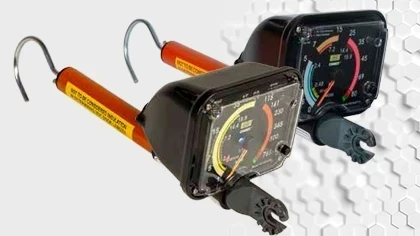

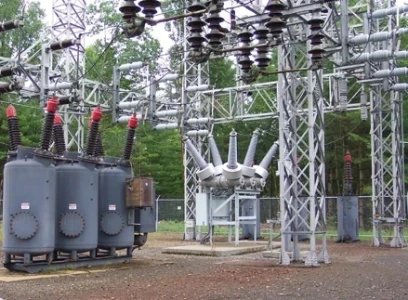
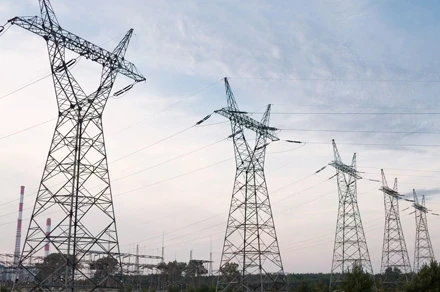








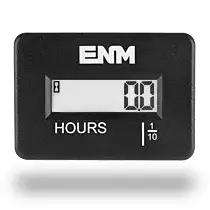

_1744640698.png)
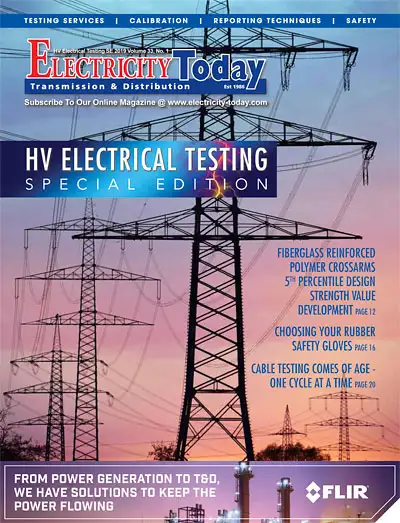
_1744640919.png)